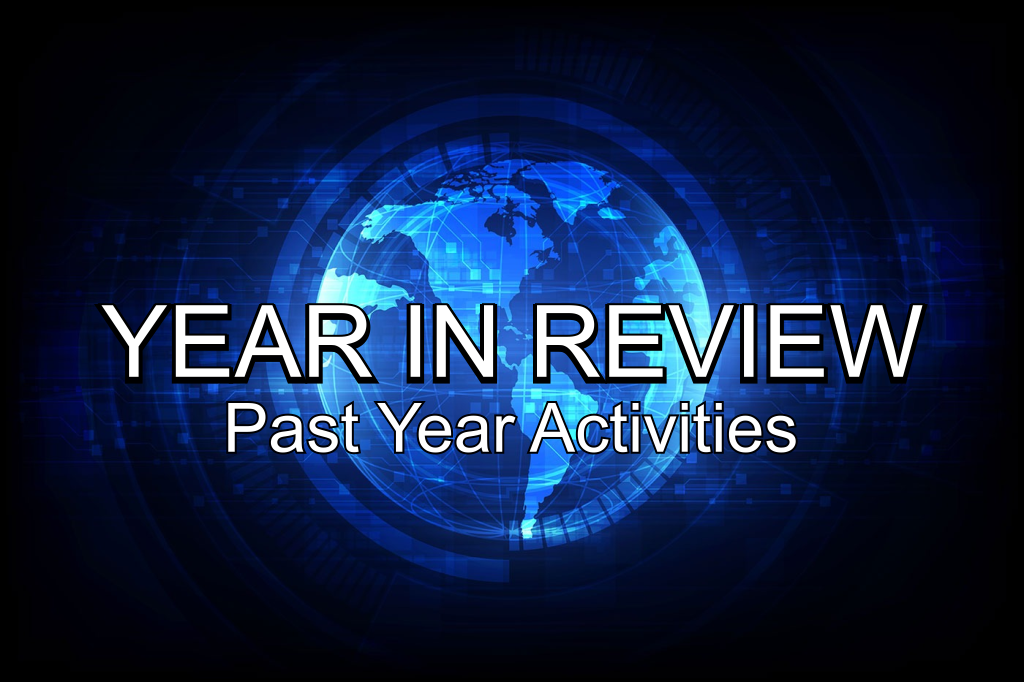Genesis of Flight Performance Requirements
An intense discussion among LinkedIn UAV group members involves several important topics, including the source of a one-out-of-a-billion requirement for probability of a mishap. The source is thus far unidentified.
I can shed some light on the genesis of another related requirement. From within RTCA SC-195 (GPS Integrity) Working Group for FDI/FDE (Fault Detection and Isolation / Fault Detection and Exclusion) in the 1990s, parameters were used to establish the Missed Detection requirement as follows:
* From records obtained as far back as possible (1959) there were over 333 million flight-hours nationwide between 1959 and 1990.
* In the (inevitably imperfect) real-world, the maximum allowable number of hull-loss accidents in 30 years cannot be specified at zero; so that maximum allowable number was set to one, producing 3 billionths per flight-hour
* The number used for mean time between loss of GPS integrity was 18 years.
* Probability of an unannounced SV (satellite) malfunction is then 1 – exp{ -1/18x365x24 } = approx. 6 millionths per hr per SV.
* Since 6 SVs are needed for FDE, that probability is multiplied by 6, producing 36 millionths per hour as the probability of an unannounced SV malfunction in
any SV among those chosen for FDE.
* Probability of an
undetected unannounced SV malfunction is then 36 millionths per hour multiplied by Missed Detection probability.
* With an incident/accident ratio slightly below 1/10, a value of 0.001 for Missed Detection probability satisfies the 3 billionths per flight-hour requirement.
None of this is intended to signify thoroughness in the genesis of decisions affecting flight safety requirements. Neither demands for rigorous validation in early 1994, nor an attempt to facilitate meeting those demands — via replacement of GO/No-GO testing by quantitative assessment — met the “collective-will” acceptance criteria. History related to that, not reassuring, is recounted on page 5 of a synopsis offered here and page 127 of GNSS Aided Navigation & Tracking . The references just cited, combined with additional references within them, address a challenging topic: how to substantiate, with high confidence, satisfaction of very low probabilities. There are methods, using probability scaling, not yet accepted.
Returning to the original question that prompted this blog: It might be uncovered — possibly from some remote source — that the number with a mysterious origin was supported, at one time, by some comparable logic.










